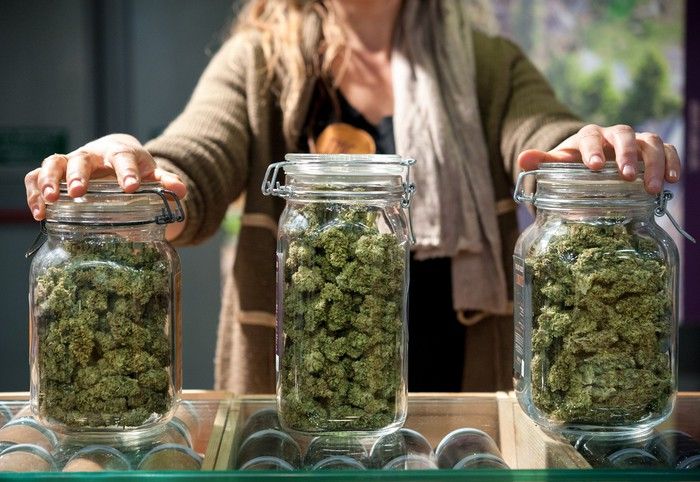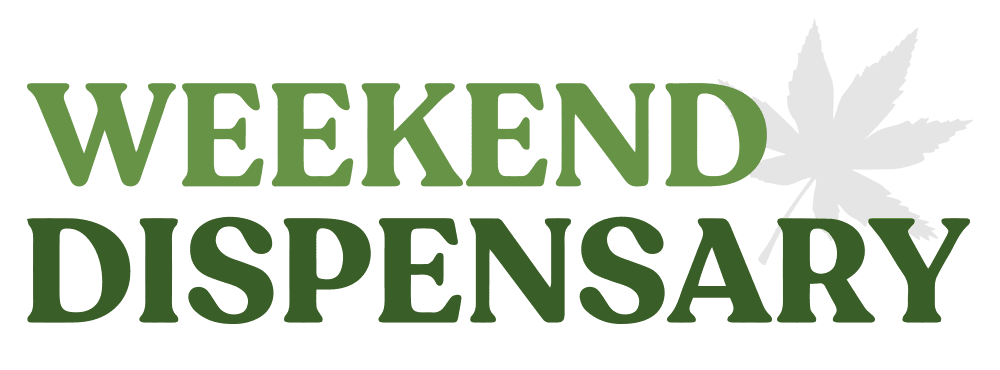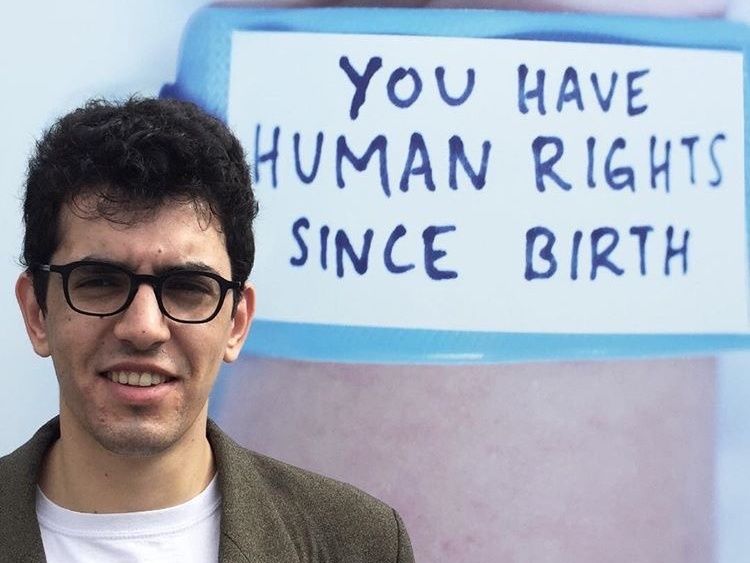What do we talk about when we talk about cannabis?
Kenzi Riboulet-Zemouli and his team of researchers spoke to people in nearly 200 countries over five years. What they found could have implications for the future of global cannabis policy.
By Sam Riches
Kenzi Riboulet-Zemouli is an independent researcher based in Barcelona. Photo courtesy Kenzi Riboulet-Zemouli
In December of last year, the United Nations made a historic announcement.
After six decades of being grouped alongside what are considered to be the world's most dangerous drugs, cannabis and cannabis resin were
removed from Schedule IVof the 1961 Single Convention on Narcotic Drugs. Cannabis resin is defined as "separated resin, whether crude or purified, obtained from the cannabis plant," according to an
Expert Committee on Drug Dependence document.
The matter was decided in a close vote, 27-25 with one abstention, by the Commission on Narcotic Drugs. Before the vote, member states reviewed a number of recommendations by the World Health Organization (WHO), which had conducted research on the matter for several years.
Closely following that work was
Kenzi Riboulet-Zemouli, an independent researcher of drug policy.
“This is a huge, historic victory for us, we couldn’t hope for more,” Riboulet-Zemouli told the
New York Times following the vote.
In parallel with the WHO research, Riboulet-Zemouli and a team of international researchers conducted their own work, pouring over scholarly research, clinical data, and international documents concerning cannabis policy and scheduling, and more. Throughout that process, something became clear.
Inconsistencies in cannabis terminology were abundant, and many widely used terms were also scientifically imprecise. This finding became the basis for
Cannabis Ontologies I, a study published in the journal
Drug Science, Policy and Law.
“The lack of clarity is comprehensive,” the paper states, “for patients, physicians, and regulators.”
Speaking to
The GrowthOp from Barcelona, Riboulet-Zemouli says he was surprised how few people were following the work of the WHO as it engaged in one of the largest advances in international cannabis policy in 60 years.
“We felt it was a duty to provide them with accurate, diverse, internationally balanced information,” he says. For five years, his team engaged with the WHO and UN entities, as well as pharmacologists, epidemiologists, lawyers, bureaucrats, and more, acting as vectors of knowledge across a variety of disciplines and nearly 200 countries. They were not paid by the WHO for their efforts and, as an independent researcher, Riboulet-Zemouli relies on
crowdfunding to finance the majority of his work.
He predicts that following five years of rigorous research, it will take another five years to disseminate the information. The inconsistencies with cannabis terminology became the starting point as it was one of the largest findings of their research, he says. More than three years of work went into the study.
“One of the main things that was appearing evident to us was the difficulty to match words with concepts and then with an actual product in real life. And sometimes, you have an alignment of one product, one concept, and one word, which is very clear for one particular stakeholder, but one of these three elements can be very different for another stakeholder or another person in another country,” he says. “Finding common ground for discussion was sometimes the major part of the challenge.”
He hypothesizes that the inconsistencies could stem from prohibition, with restrictions on cannabis information limiting the ability of jurisdictions and global organizations to share resources. As cannabis legalization begins to unfold on a global scale, these discrepancies are becoming more glaring.
Riboulet-Zemouli offers a few examples in the study. While appearing relatively innocuous on the surface, they illustrate just how widespread the problem is.
Take, for example, THC, the most
famous cannabinoid in the plant. Around the world, it is interchangeably called ‘THC’, ‘delta-9-THC’, and ‘dronabinol,’ despite all these terms referring to different chemical entities. Or how about oil? Hemp seed oil, or hemp oil, or cannabis seed oil refer to the non-psychoactive fatty oil obtained from seeds, but oil can also refer to cannabis extracts and concentrates, such as hash oil, or butane honey, or Rick Simpson oil.
“The current increase in innovation and diversification in production, distribution, and transformation of ‘cannabis’ into medical, pharmaceutical, nutraceuticals, food, cosmetic, and adult-use products will only accentuate that tendency to confusion,” the paper states.
These are just a few examples but these inconsistencies can lead to issues with cannabis policy, Riboulet-Zemouli argues, as policies are expected to be grounded in science and consensual customs.
“The potential bias implied by weak lexica, a non-scientific nomenclature, and numerous sociocultural terminological variants, might hinder efficient decisions in the field of Cannabis policy making,” the paper states, adding that the need to establish definitions, categories, limits, and boundaries between the different products, preparations, and substances derived from cannabis has become more urgent following the WHO’s assessment.
FILE – In this file photo taken on September 04, 2018, The “Palais des Nations”, which houses the United Nations Offices, is seen at the end of the flag-lined front lawn in Geneva. Photo AFP via Getty Images
Beyond these issues, however, the inconsistencies in terminology can lead to problems that are not always apparent. Riboulet-Zemouli says the fact that the WHO took so long before undergoing its series of reviews is one of these invisible impacts.
“The lack of clarity in terms of language, and the difficulty to address the topic, or to start addressing the topic for researchers or for institutions, is a major, major impact,” he says.
Even for general cannabis consumers, confusion around terminology can be a problem. The continued and widespread use of ‘indica’ and ‘sativa’ as
differentiators between cannabis products is one example.
Indica and sativa, which have “shown to have no actual correlation with phytochemical specificities of the different plant varieties” is something that is likely hampering the ability of patients to understand how different products affect them, while also impacting how physicians prescribe products, Riboulet-Zemouli says.
As more products come on the market, and more jurisdictions around the world liberalize their cannabis laws, patients and cannabis consumers may struggle with access based on some of these inconsistencies.
“With no harmonized language, it's very difficult to understand what kind of product you might need to prescribe or to be prescribed, and replicating access to that product also becomes an issue in different parts of the world,” Riboulet-Zemouli explains.
“It might be already difficult to find an adequate product with one provider, one dispensary, let's say, and imagine if you move to another place with a different system of access and also a different language, with different terms used to describe the different products without necessarily the same markers that you're used to,” he says. “The challenges are just everywhere.”
There are more
1,200 documented names just for the plant alone and advocates have argued that an unintended consequence of legalization is that it can flatten and standardize the vibrant language that has sprung up around cannabis.
Riboulet-Zemouli says the diversity of language is a positive thing but there are implications to consider.
“I just regret that in addition to the diversity [of language] we don't have a dictionary of translation,” he says, something that can render disparate global terms into one common language. “A bit like we have with species, with systematics and biomarkers,” he says, before offering the example of a cat.
“You can call a cat a cat, whatever you want to call it in your actual language, or have different words for cats, depending on if it's a fat cat, or a beautiful cat, or whatever. But you know it has its own scientific binomial theory of names.”
His issue is not with what he calls utilitarian language, but the lack of tools to discuss cannabis beyond that scope.
“Everybody uses the language that is useful for them from a particular perspective and point of view, it's okay to use utilitarian language, it's not a problem per se, the problem is not having the ability to go beyond this utilitarian aspect of language,” he explains.
“We miss this translation tool that allows us to navigate the different terms. We don't need to change the terms, we need a tool to understand the terms that people use,” he says.
The second part of the study, which proposes a way forward for cannabis terminology and cannabinoids terminology, in particular, is set to publish this year.
Riboulet-Zemouli says the implications of the UN’s removal of cannabis from Schedule IV will become more evident in the years ahead, as more countries change their approach to cannabis. Both Switzerland and
Morocco, for instance, are revising their cannabis laws following the UN’s decision. And more changes are likely on the way.
The research being undertaken by Riboulet-Zemouli and his team is part of an effort to fill in missing pieces of information and give a complete picture and understanding of cannabis, he says, at a time when the global perception of the plant is beginning to shift.
“These are the missing pieces that we say, ‘Okay, if nobody researched it in the past then we will have to do it,’ because it's important for this to be known, to be understood, and to have the full picture.”
For feedback and tips, you can reach me at sriches@postmedia.com. Thanks for reading!

 hightimes.com
hightimes.com



